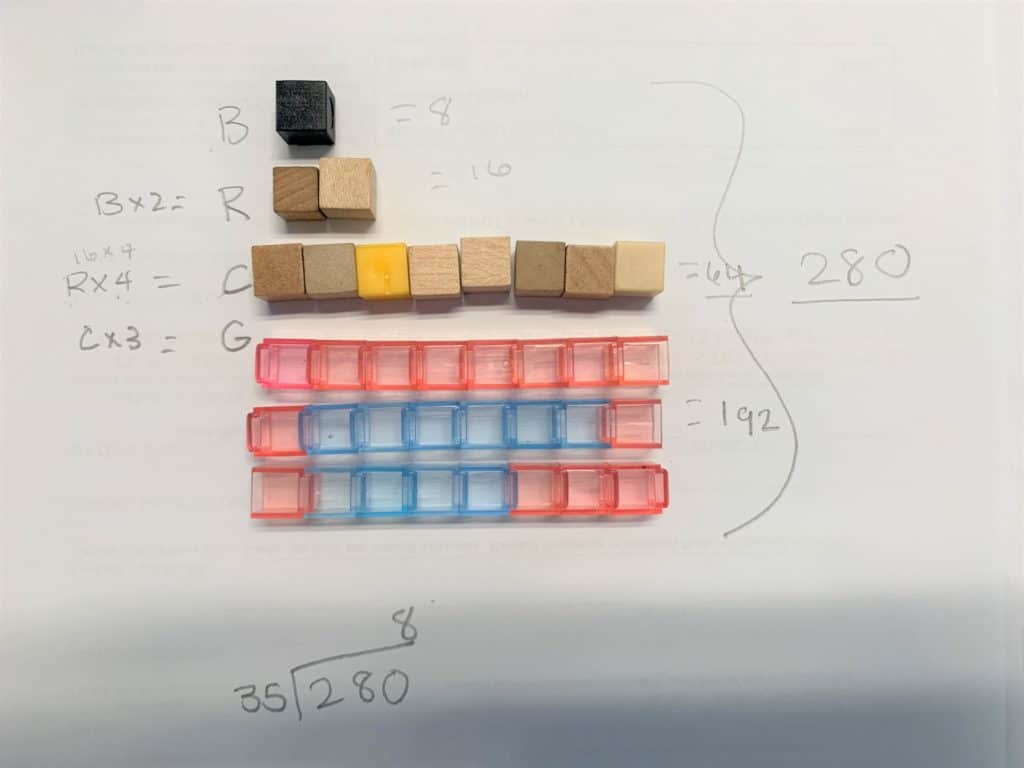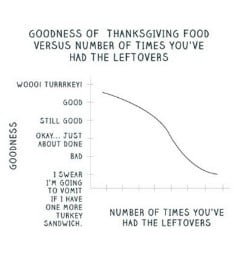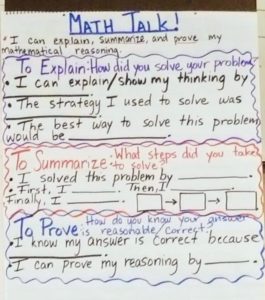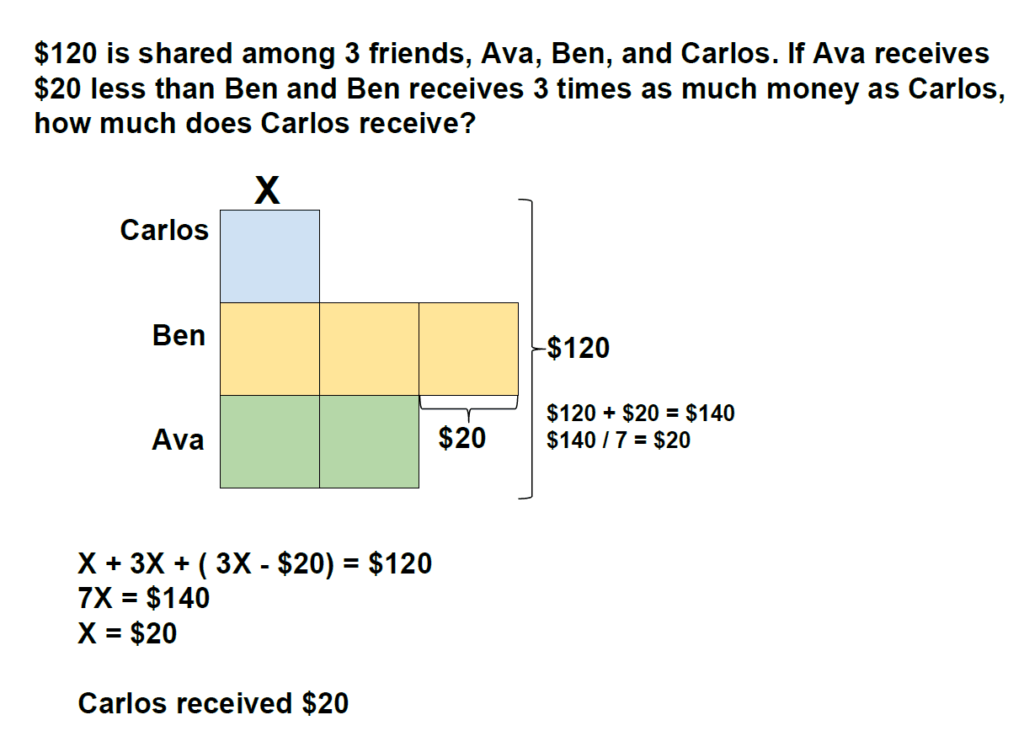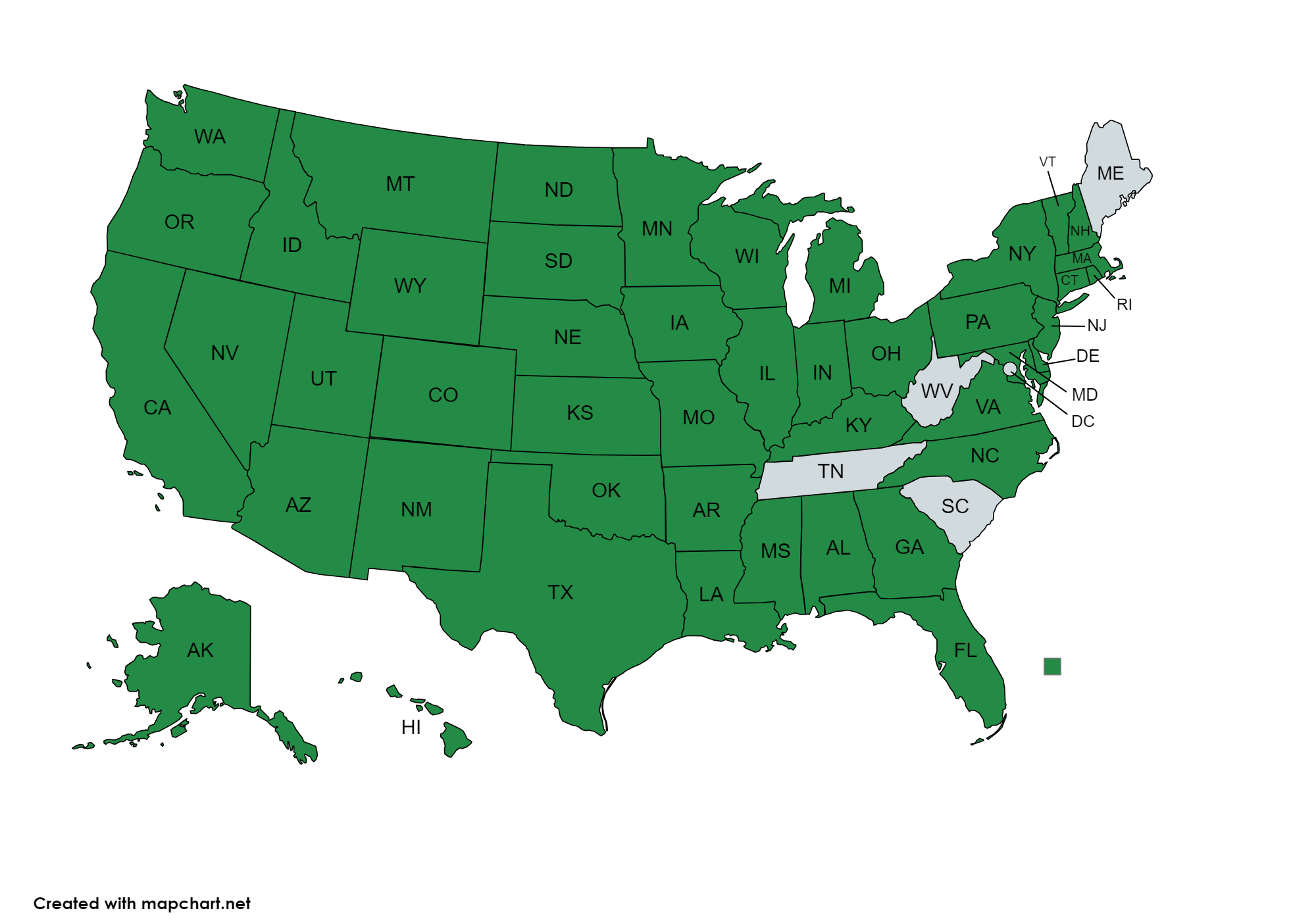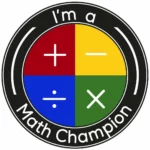As December brings a break for holidays and the start of a new year, we appreciate the opportunity to spend quality time with friends and family. During this pause, I also reflect on our past year working with schools and teachers and plan for the year ahead.
Reflecting on 2019, I am reminded of my great good fortune to have discovered my calling. Last year, I celebrated my 12th year as a mathematics trainer/coach/consultant and 17th year working with Singapore Mathematics programs. I am so grateful for the opportunity to champion elementary math education AND to be able to spend time so much time in classrooms with teachers and students. I TRULY LOVE my job.
I say this every year, and it continues to be true: I am humbled and honored that schools seek out our services year after year. We extend our sincere thanks to schools that hired us in 2019 and each of the 200+ clients we have served over the past dozen years.
Before everyone returns to their daily routine, we wanted to share with you some highlights and achievements that Math Champions celebrated in 2019.
Training/Coaching/Consulting
Over the past year, we worked with schools from coast-to-coast (and abroad) in all manner of roles: overseeing new curriculum adoptions, coaching teachers, coaching coaches, advising administration, and more. We also developed hybrid programs, crafted to meet the particular needs of schools seeking a custom solution.
In 2019:
- 38 schools hired Math Champions to help improve their math instruction.
- 28 of those schools (more than 73%) were repeat clients.
- We visited schools in 15 States as well as several schools abroad (more on these below).
- Language immersion and Singapore Math were a great match! We worked with Mandarin, Spanish, French, German, and Italian immersion schools.
Although we love to visit schools on any occasion, it is especially gratifying when we have the opportunity to observe the significant progress that schools make on return visits!
International Training
We began 2019 in Guam, completing our first teacher training assignment under a multi-year contract with the Department of Education. Collectively, we spent more than a month on the island in January and May helping more than 400 teachers and DOE staff learn about the Singapore approach to math instruction. We look forward to returning in 2020.


Twenty-nineteen also featured a training trip to China. We returned (for a fourth time!) to Hangzhou International School and made our first visit to Georgia School of Ningbo. In China, as a non-Mandarin speaker, getting there is half the fun. It seemed like we spent an hour trying to find the ticket office at Hangzhou East Railway Station. But why worry, as inter-city trains depart every 15 minutes! When finally aboard, the high-speed rail ride between Hangzhou and Ningbo, with speeds exceeding 300 km/h, was thrilling.
In 2019, Math Champions was awarded its second contract in three years to assist the Republic of Palau’s Ministry of Education with its Singapore Math program. In January 2020, we will return to Palau to spend two weeks with more than 200 of the nation’s teachers.
Dimensions Math in the Wild!
In 2018, we celebrated the launch of Dimensions Math, a new Pre-K to Grade 5 series based on the pedagogy and methodology of math education in Singapore.


As the lead author of Dimensions Math Teacher’s Guides for K-5, it was super exciting and gratifying to work with schools using Dimensions in 2019. I look forward to the completion of the Dimensions Math series in 2020.
Jumpstart Your Singapore Math Instruction
Jumpstart is our two-day interactive, introductory workshop on how to best use the Singapore Math approach. In 2019, we finally realized the goal of offering Jumpstart in locations from coast-to-coast. Hundreds of teachers (including several from abroad) attended sessions presented in Virginia, Arizona, Minnesota, Colorado and California.

Presentations at National Educator Conferences
Again in 2019, we were busy attending annual conferences for math educators (our continuing education). In addition, we were honored to present at the following conferences:

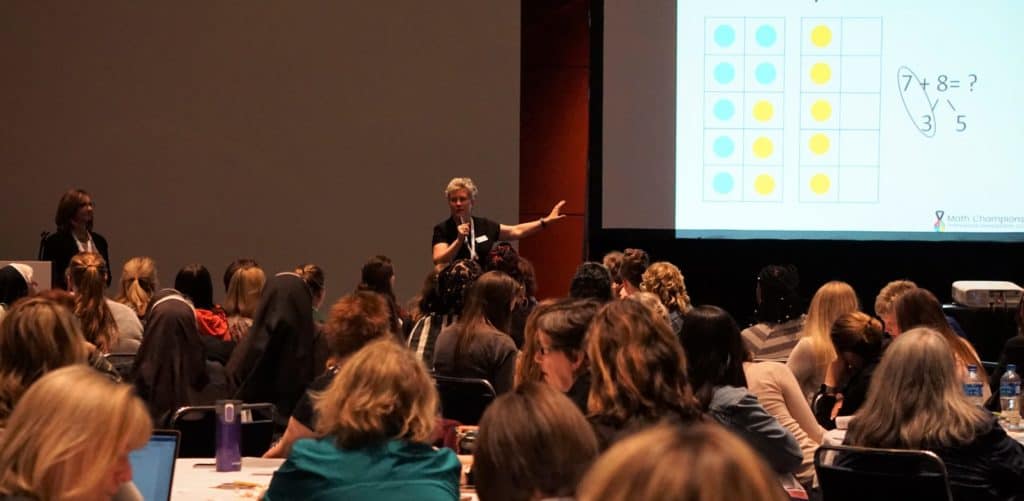

- National Council of Teachers of Mathematics (NCTM)
- National Council of Supervisors of Mathematics (NCSM)
- National Catholic Educators Association (NCEA)
- Minnesota Council of Teachers of Mathematics (MCTM)
- California Mathematics Council-South (CMC-S)
MILE-stones
According to TripIt, I established a new record with 151,045 miles flown in 2019. In addition, I topped 1 million miles for the period from 2008-present. [OK, I admit that there are some personal trips counted here. Still…].
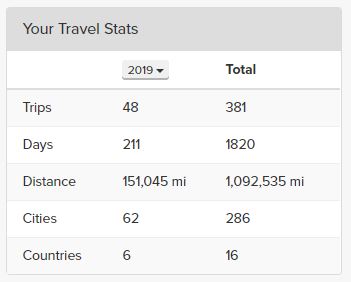
Looking ahead
Whew. What a year!
What does 2020 hold in store? Here are some of the things we’re looking forward to in the year ahead:
- Working with returning and new school clients. Did I say that I LOVE spending time in classrooms with teachers and students?
- Presenting Jumpstart Your Singapore Math workshops across the USA and (new in 2020) Canada.
- Presenting at and attending NCTM, NCSM, MCTM, CMC and other educator conferences.
Finally, I want to extend special thanks to our favorite partners/friends:
And thank you to our fabulous Jumpstart 2019 host schools:
- Faith Christian School – Roanoke, VA
- Benchmark School – Phoenix, AZ
- Golden View Classical Academy – Golden, CO
- Mounds Park Academy – Saint Paul, MN
- Irvine Hebrew Day School – Santa Ana, CA
